In 1191, it is popularly believed that the Buddhist monk, Eisai, returned to Japan from studying in China. With him, he brought tea tree seeds and tea culture, already an essential part of Buddhism in China.
Eisai and Tea
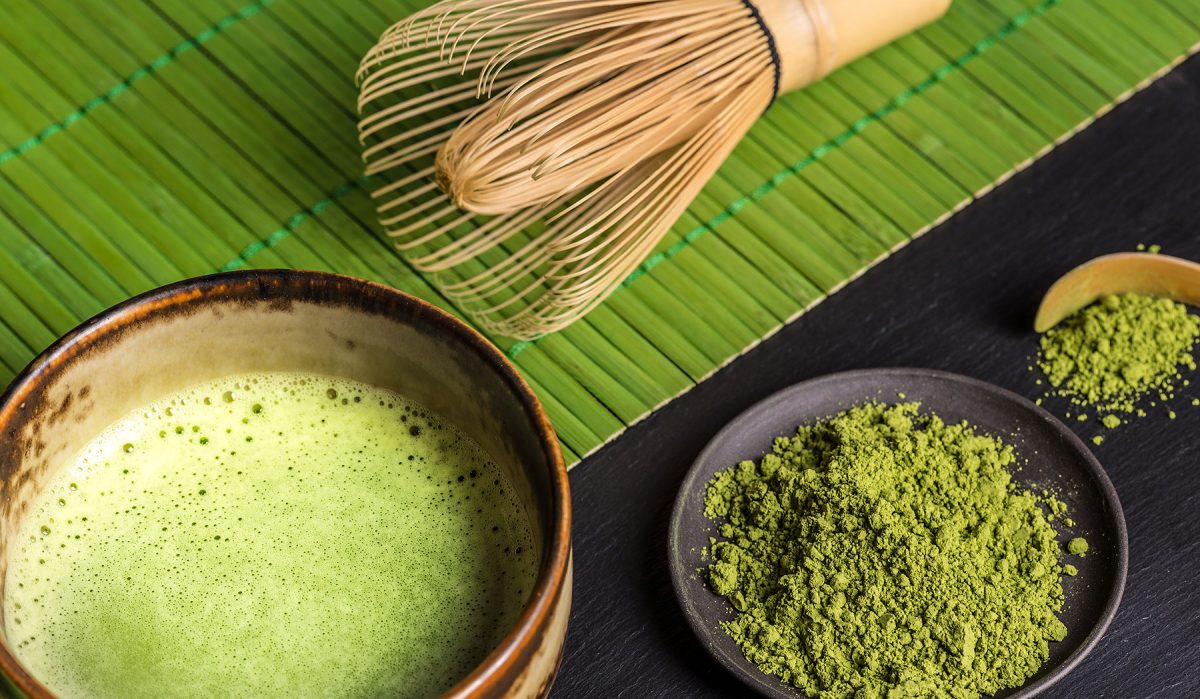

In 1191, it is popularly believed that the Buddhist monk, Eisai, returned to Japan from studying in China. With him, he brought tea tree seeds and tea culture, already an essential part of Buddhism in China.
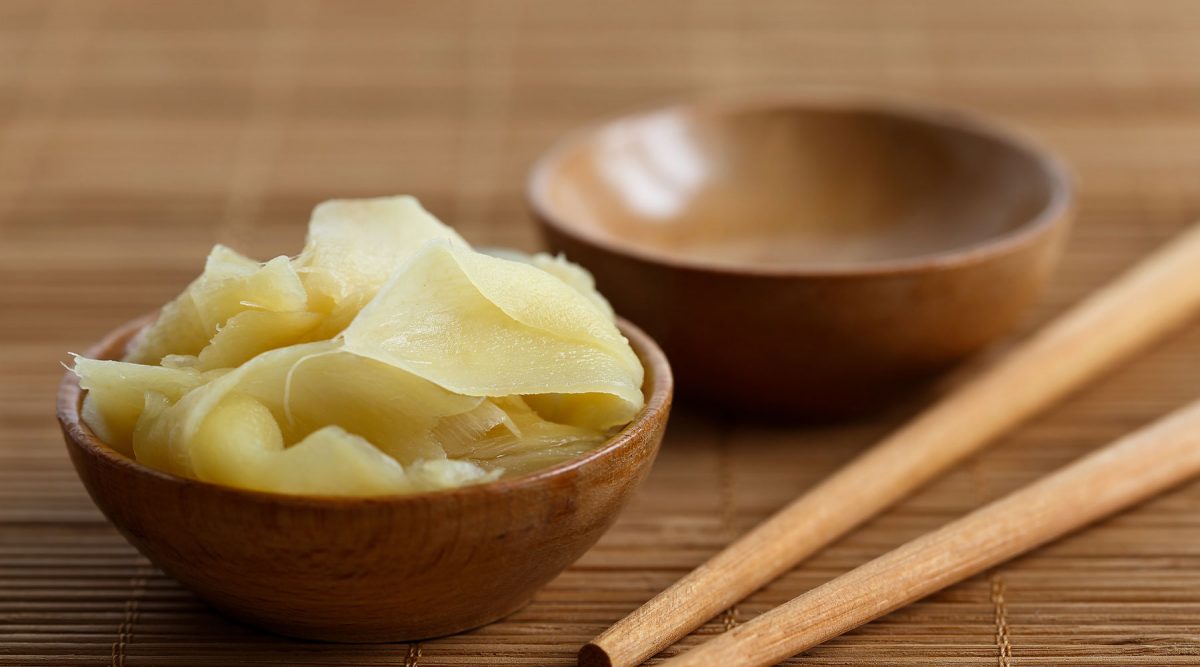
Pickled ginger is commonly served with sushi, sashimi, and sometimes even as a side dish to other heavier more substantial entrees. It is a refreshing pickle that cleanses the palate and helps in digestion.
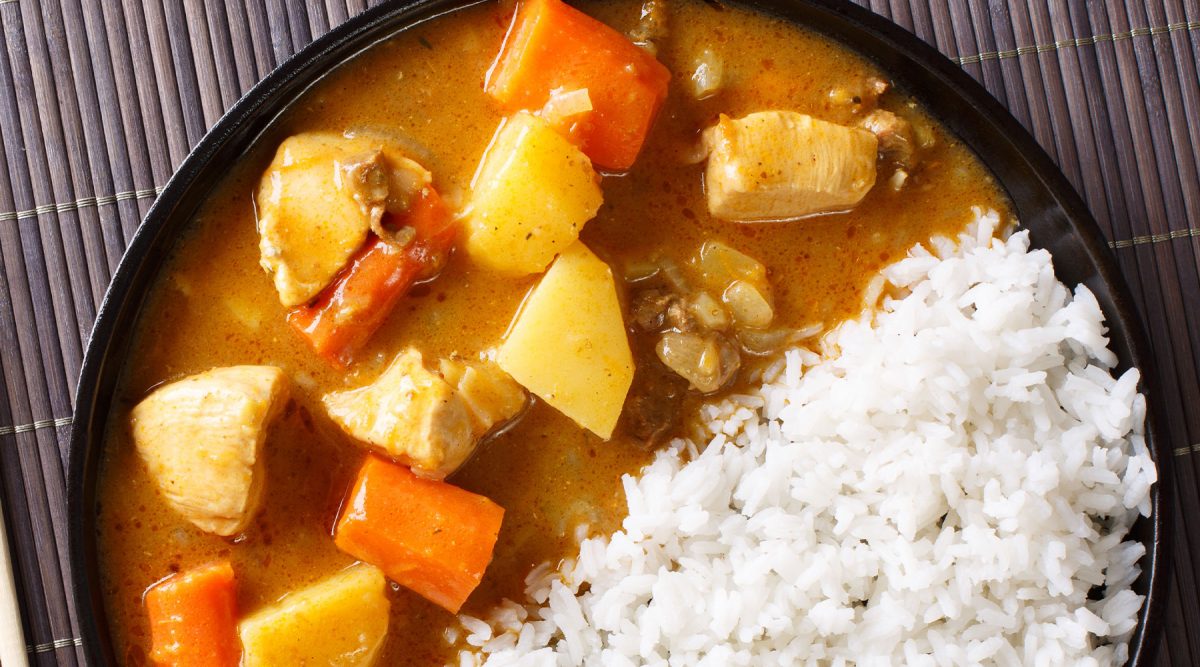
Before 1868, curry was not part of the Japanese diet. For years, Japan had closed its doors to the outside, and as a result, curry and other foreign influences were not introduced to the country until it reopened its doors to the world in 1868.

Yamashiro is an area in Japan near Kyoto, famous for its production of the finest teas in Japan.
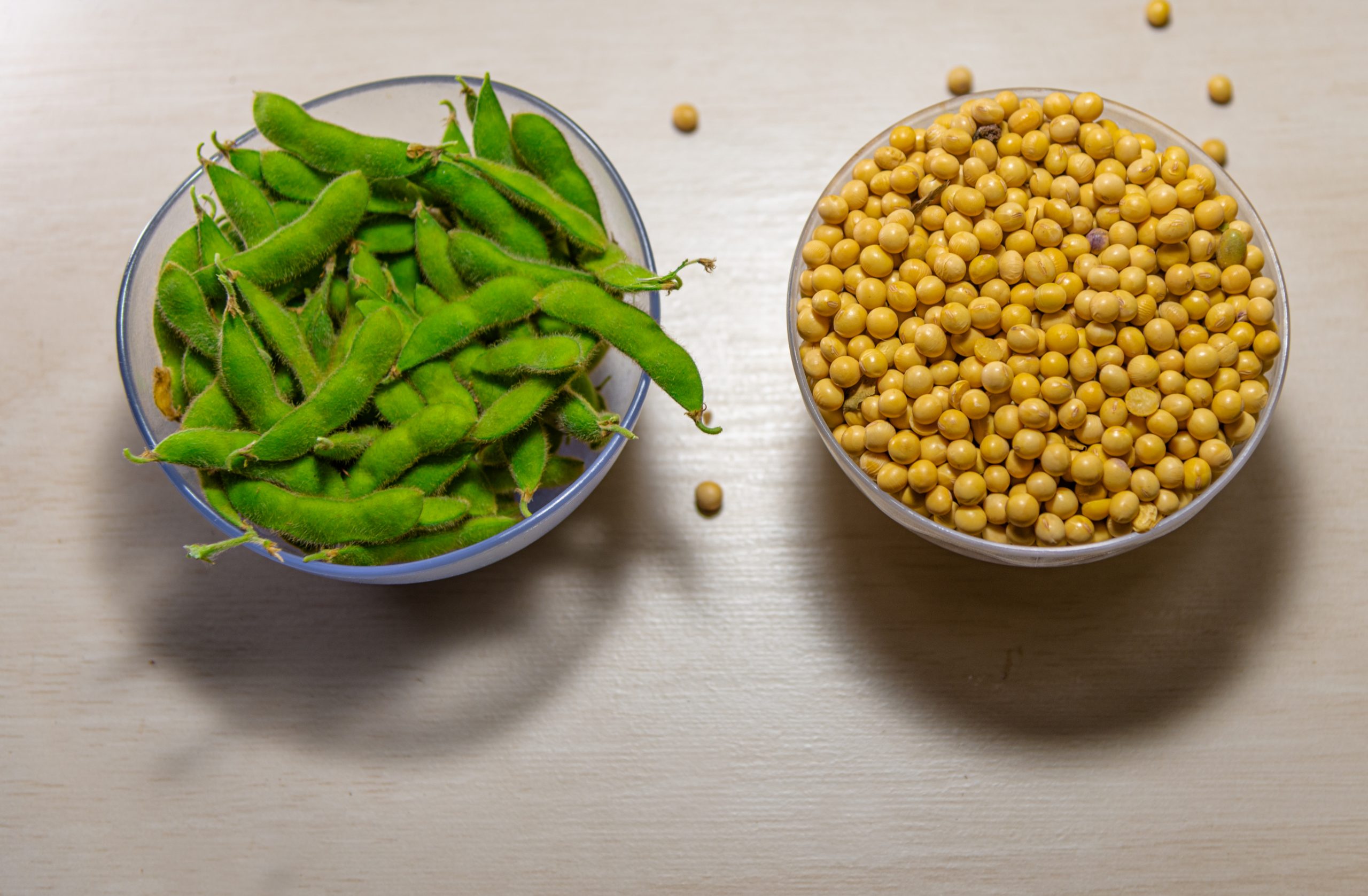
The soya bean is remarkable. From this single bean a plethora of products are borne, from tofu to soy sauce. It is also a vital component in the production of other basic Japanese ingredients, such as some types of miso, or served alone as a dish.
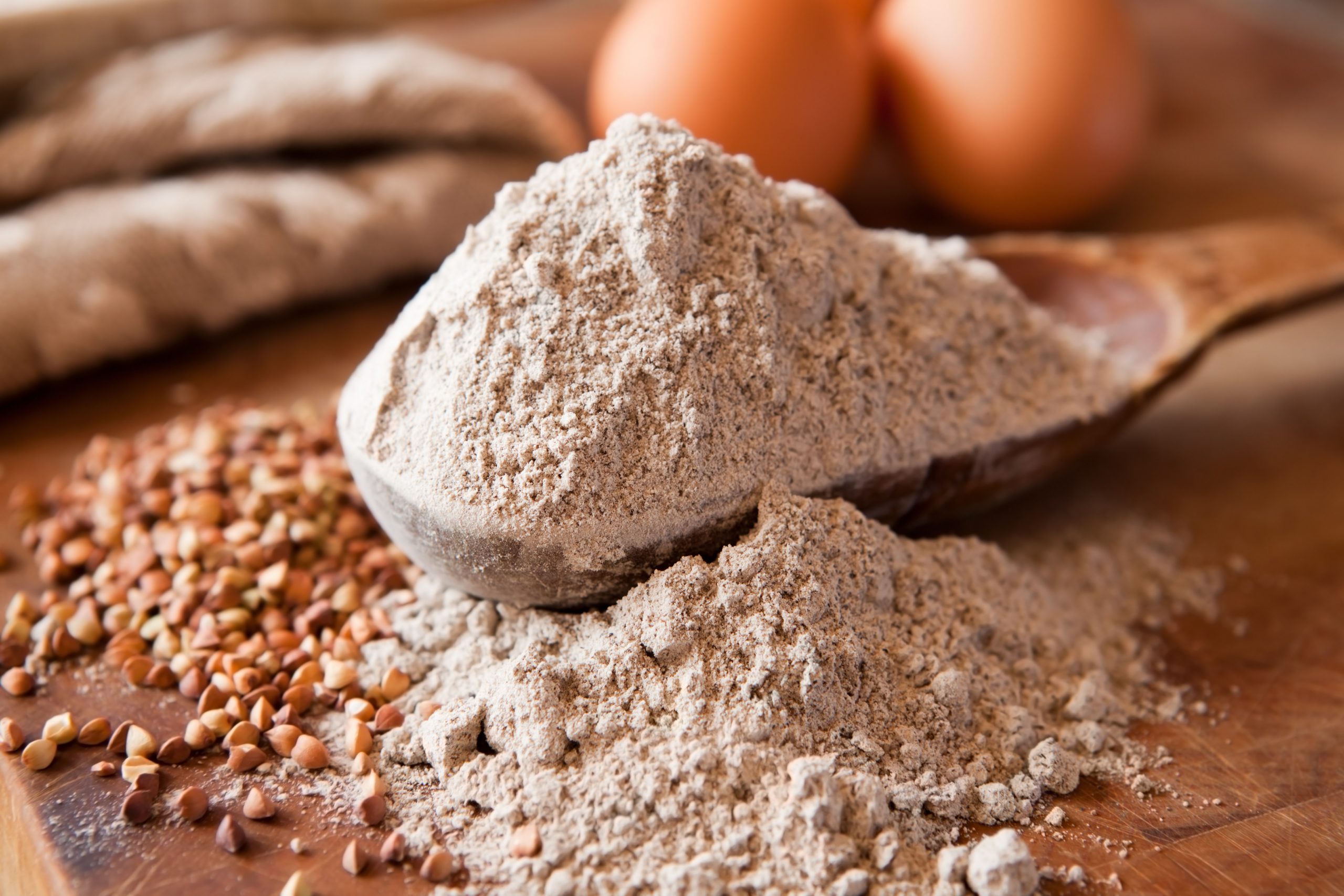
In Japan, there are several other types of flour aside from wheat flour.
Gooey and chewy. This is an easy way to include mochi in your diet. It makes cute appetizers as well!
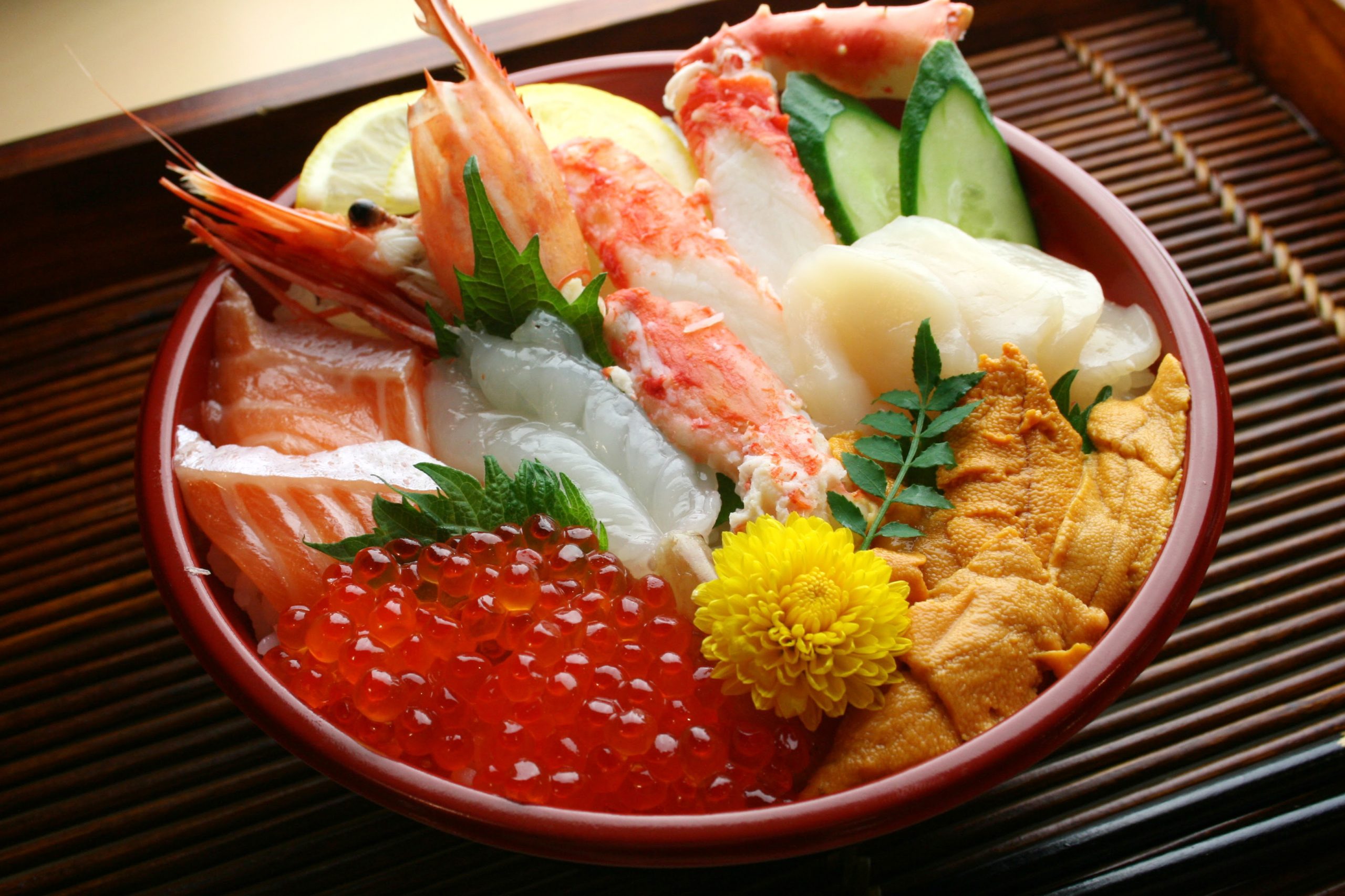
Hokkaido is off the tip of the main island, Honshu. It is the northernmost island and has a climate not as mild as the rest of Japan. In the winter, there is snow and temperatures reach freezing levels, while in the summer, it is hot.

Before soy sauce became a preferred seasoning in Japan, there was salt.
One of the original sources of salt in Japan was from animals’ intestines. Another was salt drawn for the sea. However, it was scarce and did not keep for long, so sea salt was commonly mixed with something else that could prolong its shelf life.
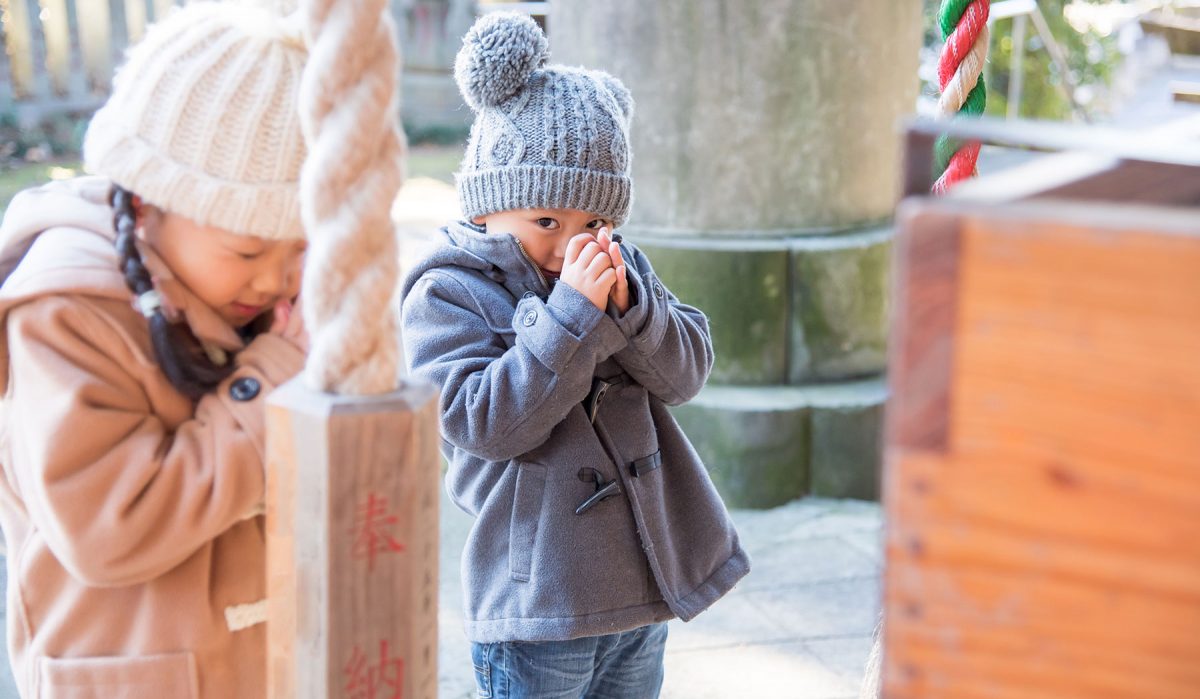
It’s traditional custom for Japanese people to eat O-sechi (traditional food for the New Year) and O-zoni (rice cake and fish based soup) during New Year’s, just as Western people enjoy eating turkey and pumpkin pie on Thanksgiving day.